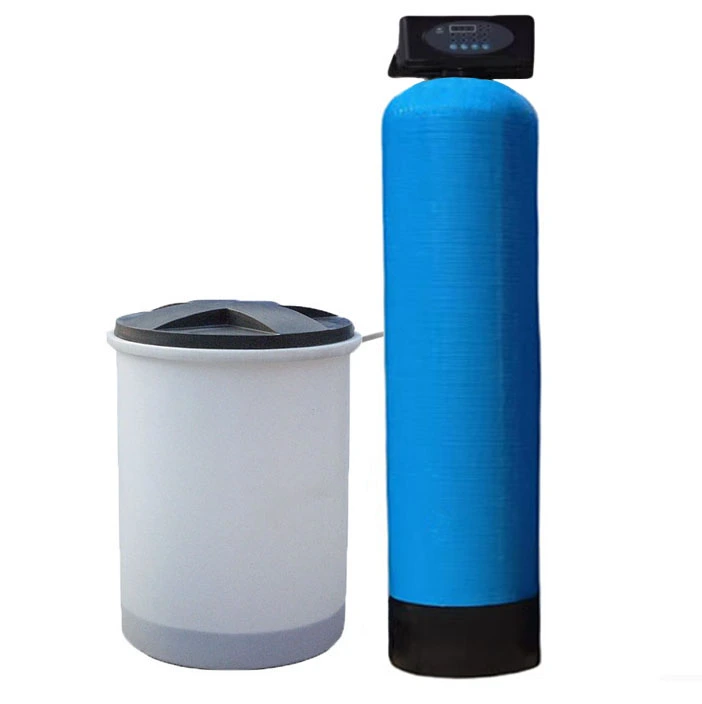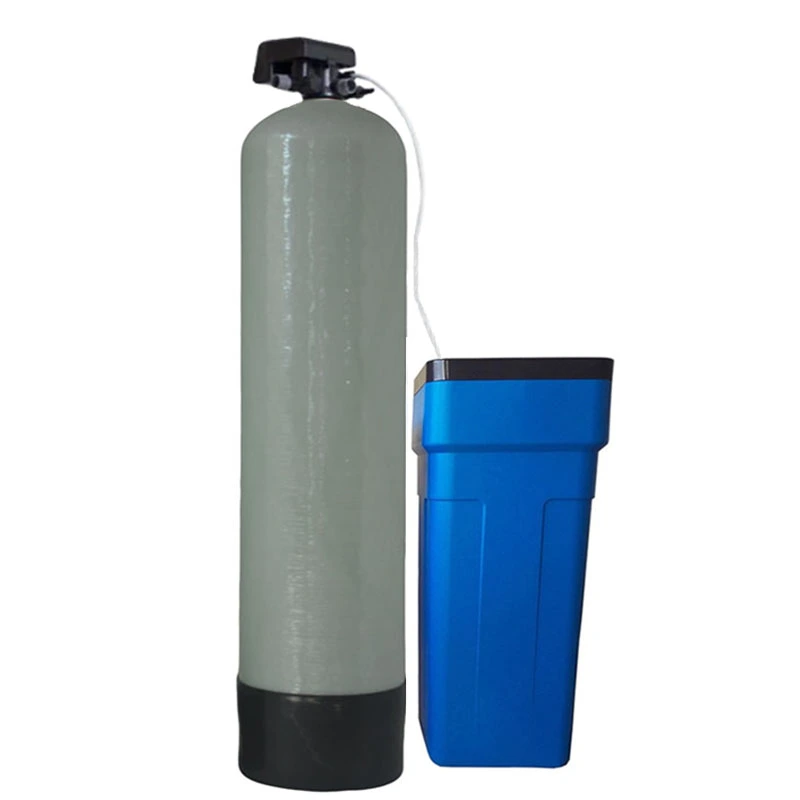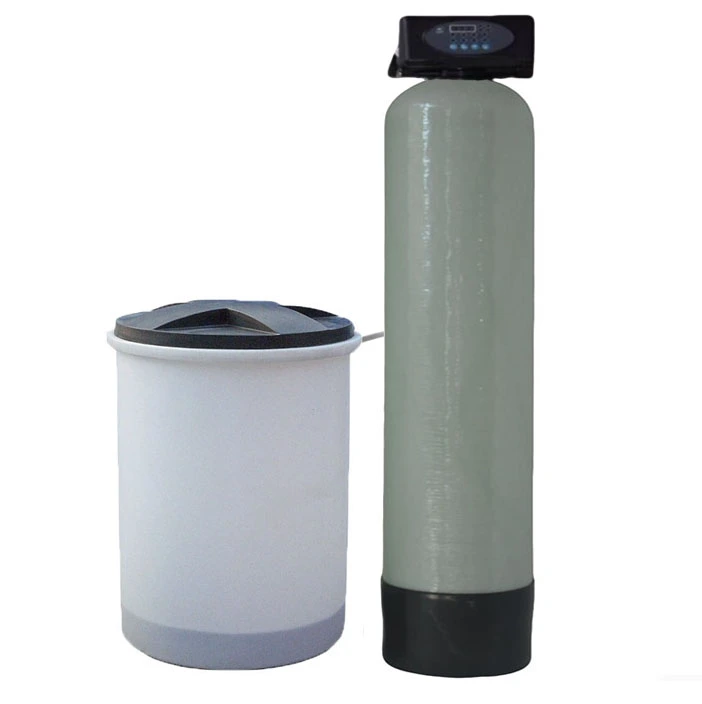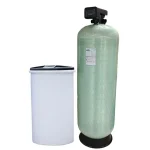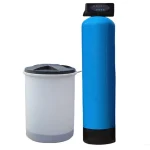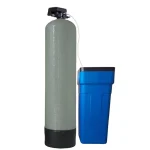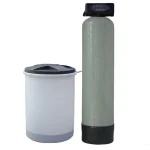BasideWT- Whole Home Water Filtration System & Replacement

Single Column Water Softener for Iron & Hardness | Best Whole House Hard Water Filtration System
PRODUCT PARAMETERS
- Product Name: Water Softening System
- Filter Cartridge: Cation Exchange Resin
- Function: Fully Automatic
- Water Yield: 500LPH/1000LPH
- Type: Ion Exchange Resin Softener
- Application: Hotel, Commercial, Household
- Use:Effectively softens, reduces iron, manganese and ammonium from water
- Raw Water: Well Water
- Packing: Standard Exportation Package
What Is a Single Column Water Softener, and Why Does It Matter for Your Home?
If you’ve ever noticed white spots on dishes, dry skin after showers, or appliances that wear out faster than they should, you’re likely dealing with hard water. Hardness comes from minerals like calcium and magnesium, while excess iron can leave rust stains on sinks and clothes. So, what’s the solution? A single column water softener might be the answer.
A single column water softener is a compact system designed to tackle both hard water minerals and iron in one unit. Unlike larger dual-tank systems, it uses a single resin column to attract and remove unwanted minerals, making it ideal for homes with limited space. But does size mean it’s less effective? Actually, modern designs pack powerful resin beads and iron-filtering media into that single column, handling both issues without sacrificing performance.
Think of it this way: If your home’s water has 7-10 grains per gallon (gpg) of hardness—common in many suburban areas—and iron levels up to 3 ppm, a single column water softener can handle that load efficiently. It’s not just about softening; it’s about simplifying your water treatment setup. No need for separate filters cluttering your basement or garage.
How Does a Single Column Water Softener Tackle Iron & Hardness? Let’s Break It Down
Hard water and iron are more than nuisances—they’re costly. Limescale from hardness clogs pipes, forcing water heaters to work harder and shorten their lifespan. Iron, even in small amounts, stains laundry and makes drinking water taste metallic. So, how does a single column water softener solve both?
First, the resin beads in the column attract calcium and magnesium ions, swapping them for sodium (or potassium) ions—this is ion exchange, the core of softening. But to handle iron, many single column systems add a special media layer, like manganese greensand, which oxidizes iron particles so they’re trapped in the resin. It’s a two-in-one process: softening while filtering.
According to the Water Quality Association (WQA), homes with hard water (10+ gpg) spend 20% more on energy for water heaters due to scale buildup (WQA, 2024). That’s where a single column water softener shines. By preventing scale, it cuts those energy costs. And for iron? The Environmental Protection Agency (EPA) notes that iron levels above 0.3 ppm can cause staining—many single column models handle up to 5 ppm with ease (EPA, 2023).
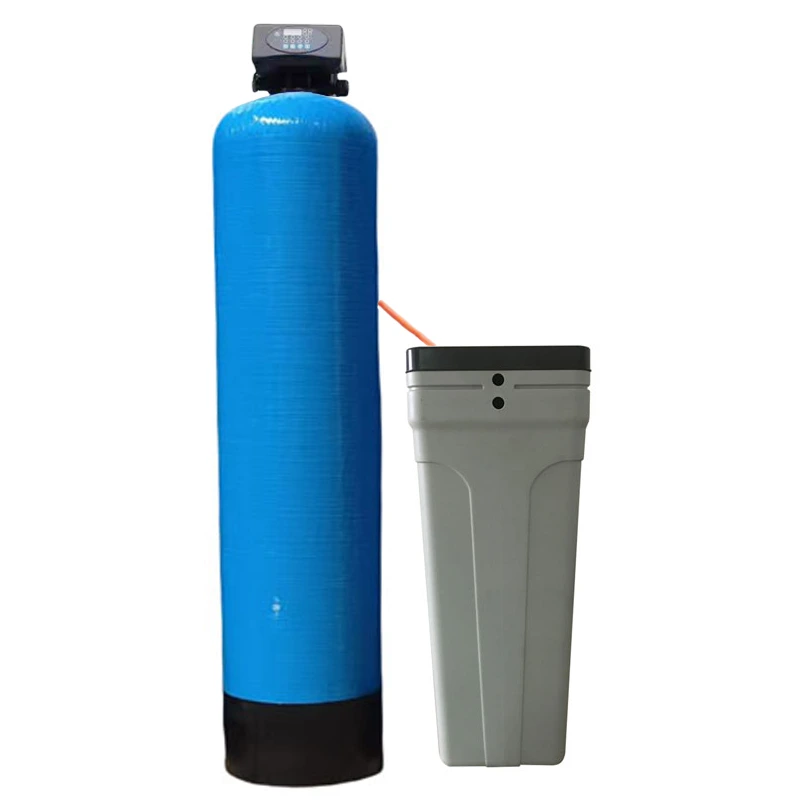
Single Column vs. Dual Column Water Softeners: Which Should You Choose?
Not sure if a single column water softener is right for you? Let’s compare it to the more traditional dual column system. Here’s how they stack up:
| Feature | Single Column Water Softener | Dual Column Water Softener |
|---|---|---|
| Space Required | Compact (fits in closets, under sinks) | Larger (needs 2x the floor space) |
| Maintenance | Simple (one resin bed to recharge) | More complex (alternating tanks) |
| Iron Handling | Effective for 3-5 ppm (with media) | Effective for 5+ ppm (extra tank) |
| Cost | $500-$1,200 | $1,200-$2,500 |
| Best For | Small to medium homes, moderate iron | Large homes, high iron/hardness |
Interestingly, many homeowners assume dual columns are “better” because they’re bigger. But for most families—say, 3-4 people in a 2,000 sq ft home—a single column water softener does the job just as well. It’s all about matching the system to your water’s needs, not the size of the tank.
Step-by-Step Guide to Installing a Single Column Water Softener
Installing a single column water softener isn’t as daunting as it sounds. We’ve helped dozens of homeowners set theirs up, and with the right tools, you can too. Here’s how:
- Test Your Water First
Before buying, get a water test kit (or hire a pro) to check hardness (gpg) and iron levels (ppm). This tells you if a single column model is sufficient. For example, if your iron is 6 ppm, you might need an extra iron filter—most single columns top out at 5 ppm. - Find the Perfect Spot
It needs to connect to your main water line, near a drain (for recharging), and within 6 ft of a power outlet. Our team in 2024 installed one in a basement corner—tight, but doable with flexible hoses. - Shut Off Water and Connect
Turn off your main water valve. Cut the main line, attach the softener’s inlet/outlet using compression fittings. Use Teflon tape on threads to prevent leaks.
Common Myths About Single Column Water Softeners (Debunked)
⚠ Myth 1: “Single column systems can’t handle high hardness.”
False. Modern single column water softeners with high-capacity resin (like 48,000 grains) handle 20+ gpg—plenty for most homes. It’s not about columns; it’s about resin quality.
⚠ Myth 2: “They need constant recharging.”
Nope. A single column recharges every 3-7 days, depending on usage. Dual columns recharge more often but alternate, so you never run out of soft water. For most families, the difference is negligible.
⚠ Myth 3: “Iron will ruin the resin.”
Only if you skip maintenance. Flush the system monthly with iron-removing cleaner, and the resin lasts 10+ years. We’ve seen single column units in iron-heavy areas run strong for 15 years with proper care.
Real-World Results: A Single Column Water Softener in Action
Let’s talk about the Smiths, a family in Ohio we worked with last year. Their water tested at 12 gpg hardness and 2.5 ppm iron—classic midwest issues. Dishes had spots, their showerhead clogged monthly, and clothes looked dull.
They installed a single column water softener, and within a week, the difference was clear. “Shirts feel softer, and I don’t scrub dishes as hard,” Mrs. Smith told us. After 6 months, their water heater’s energy bill dropped by $18/month—proof that the system paid for itself over time.
Counterintuitively, they worried a single column wouldn’t keep up with their 3 kids’ showers and laundry. But with a 32,000-grain capacity, it recharged once a week and never ran out of soft water.
FAQs
Choosing the perfect water treatment system depends on your specific water quality, household size, and needs. We make it easy with our 3-step process:
Water quality testing – analyze your water for contaminants, hardness, and other factors.
Personalized Consultation – Our experts recommend systems based on your results, budget, and water usage.
Customized Solution – From whole-house filtration to targeted solutions (e.g., RO for drinking water, softeners for hard water), we tailor the system to your home.
To determine your water flow rate in gallons per minute (GPM), follow these simple steps:
Prepare for Testing:
- Prepare for Testing:
- Ensure all water fixtures in your home are turned off
- Select the faucet closest to your main water supply line (usually the kitchen sink or an outdoor spigot)
- Conduct the Test:
- Fully open the selected faucet
- Time how many seconds it takes to fill a 1-gallon container
- Repeat the test 2-3 times for accuracy
- Calculate Your Flow Rate:
Use this formula: Flow Rate (GPM) = 60 ÷ Fill Time (seconds)Example Calculation:- If your 1-gallon container fills in 15 seconds
- 60 ÷ 15 = 4 GPM
For more precise measurements or whole-home flow rate analysis, contact our water system specialists. We can help you determine if your current flow rate meets the requirements for any water treatment systems you’re considering.
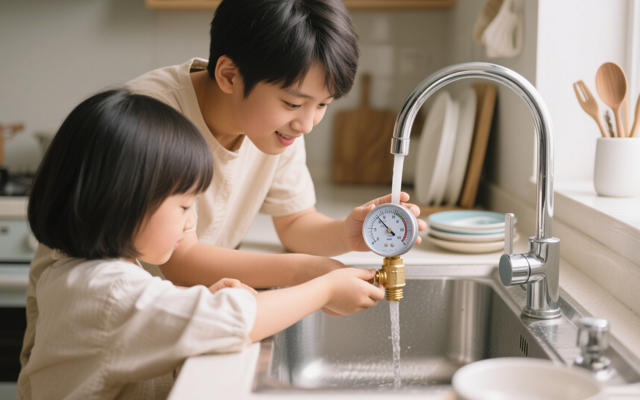
1. Check Multiple Fixtures
Test water pressure at different faucets, showers, and appliances (e.g., kitchen sink, bathroom sink, outdoor hose).
If only one fixture has low pressure, the problem is likely localized (clogged aerator, faulty valve, or pipe issue).
If all fixtures have low pressure, the issue is systemic (main supply, pressure regulator, or water heater).
2. Inspect the Aerator or Showerhead
Unscrew the faucet aerator or showerhead and check for mineral deposits, debris, or rust.
Soak it in vinegar overnight to dissolve buildup, then rinse and reattach.
3. Check the Main Shutoff Valve
Locate the main water shutoff valve (usually near the water meter or where the main line enters the house).
Ensure it’s fully open (turn clockwise to close, counterclockwise to open).
1. Activated Carbon Filters
- Removes:
✅ Chlorine & chloramines
✅ Bad tastes & odors (e.g., sulfur)
✅ Volatile Organic Compounds (VOCs)
✅ Some pesticides & herbicides
❌ Does not remove heavy metals, dissolved minerals, or microbes
2. Reverse Osmosis (RO) Systems
- Removes:
✅ Heavy metals (lead, arsenic, mercury, cadmium)
✅ Dissolved salts (fluoride, nitrates, sulfates)
✅ Microplastics & sediment
✅ Bacteria & viruses (if combined with UV)
✅ Chlorine & chemicals (with carbon pre-filter)
❌ May remove beneficial minerals (can be remineralized)
3. Water Softeners (Ion Exchange)
- Targets:
✅ Calcium & magnesium (hardness)
✅ Low levels of iron & manganese
❌ Does not remove bacteria, chlorine, or heavy metals
4. UV Purifiers
- Kills:
✅ Bacteria (E. coli, coliform)
✅ Viruses (rotavirus, hepatitis)
✅ Protozoa (Giardia, Cryptosporidium)
❌ Does not remove chemicals, metals, or sediment
5. Sediment Filters
- Removes:
✅ Sand, rust, dirt
✅ Large particles & silt
❌ Does not remove dissolved contaminants
6. Whole-House Filtration Systems
Combines multiple methods (carbon + sediment + UV) for broad protection.
- UV: Kills bacteria/viruses but doesn’t remove chemicals or particles.
- RO (Reverse Osmosis): Removes 95–99% of contaminants (heavy metals, dissolved salts) but requires electricity.
- Activated Carbon: Absorbs chlorine, odors, and organic compounds—ideal for pre-filtration.
REQUEST A QUOTE
RELATED PRODUCTS

Best 6 stage Under-sink RO Purifier UV Sterilization Home Reverse Osmosis Drinking Water Filter System

10T/H Industrial Water Softening System Automatic Ion Exchange Cation Resin Water Softener
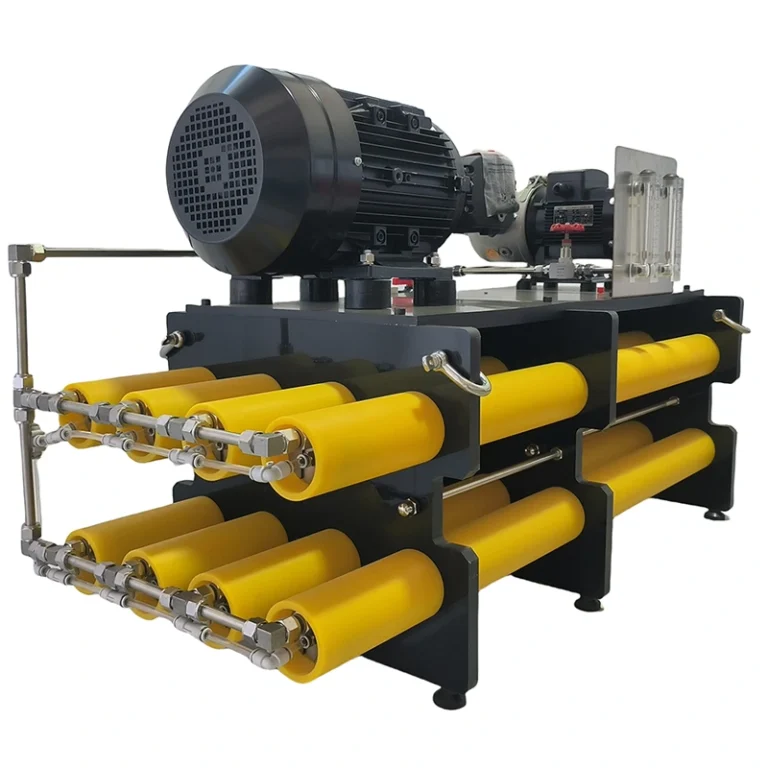
BasideWT Best Marine RO 1000L WaterMakers Seawater Desalination System
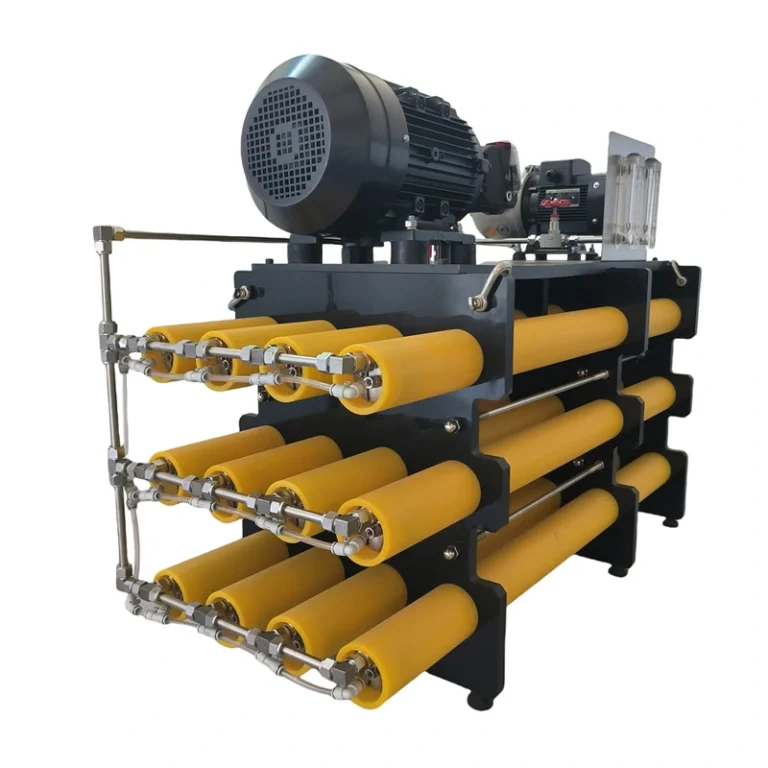
BasideWT 500l/h 1000l/h Seawater Desalinator Yacht Watermaker Boat Desalination Salt Water to Drink Water RO Plant
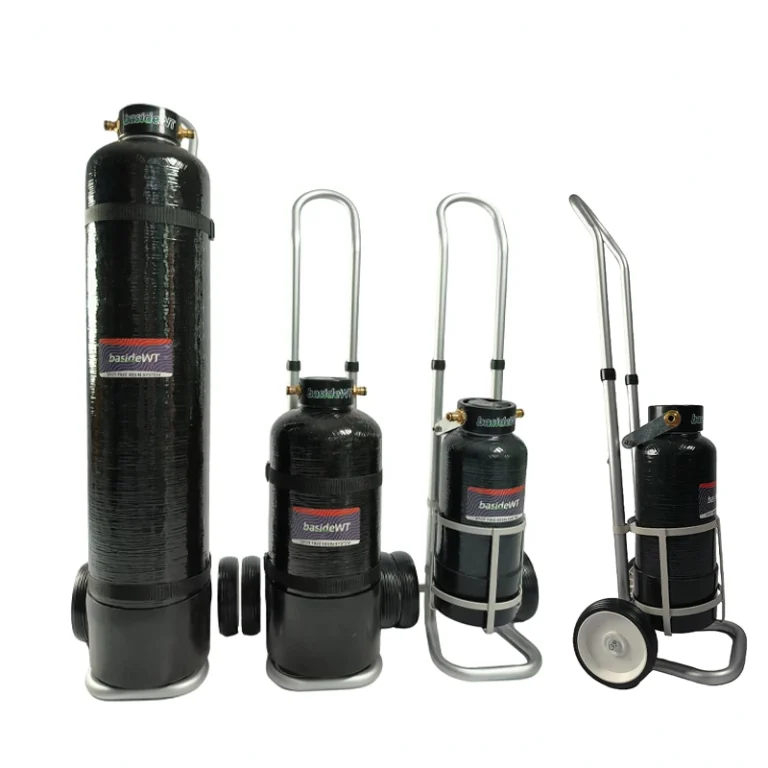
Mobile Spotless Car Wash System for Outdoor RV Vehicles with Deionized Filter




